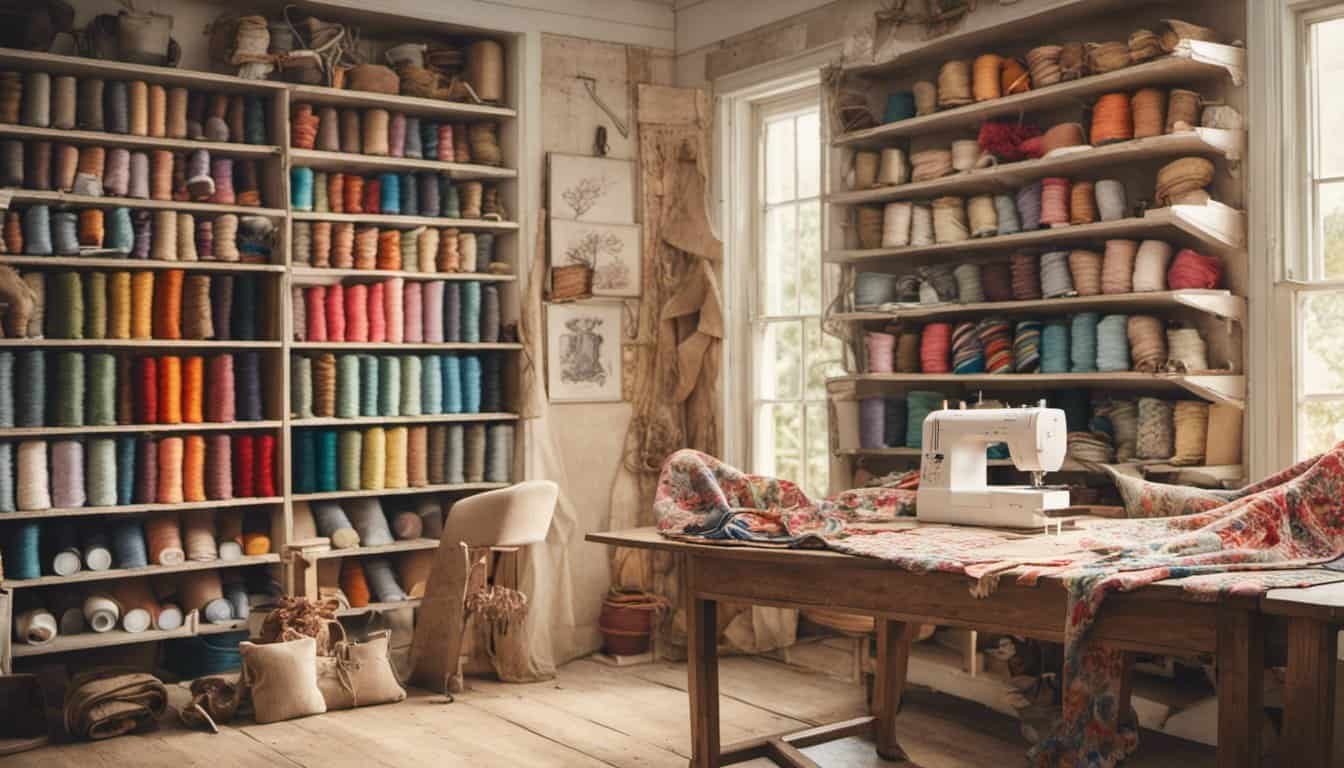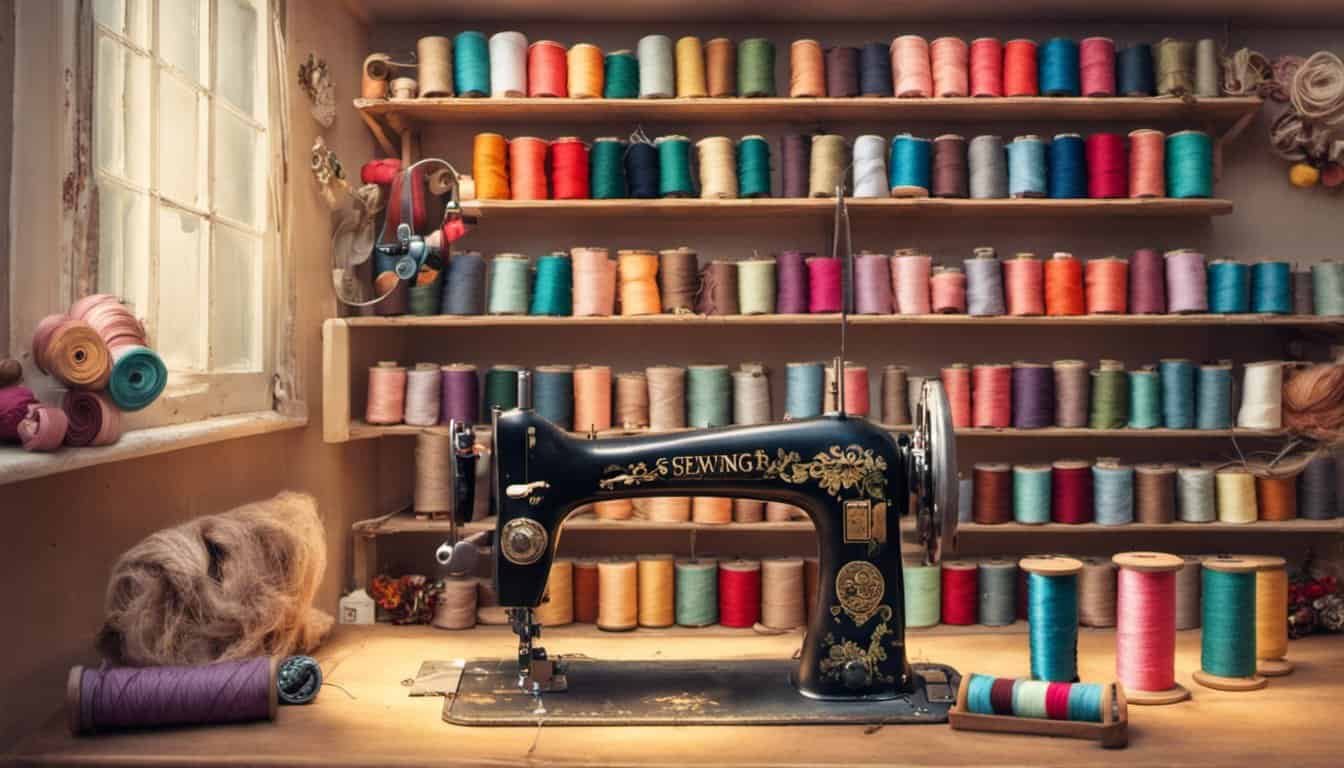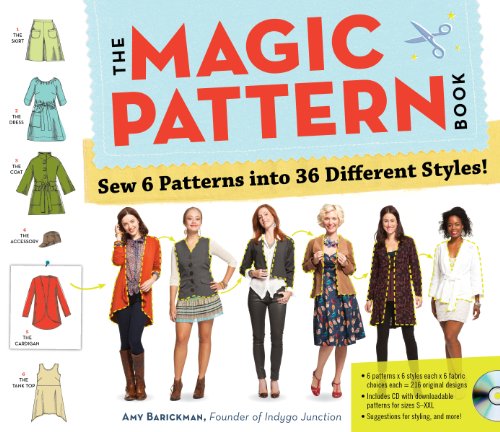There’s something magical about festivals—the vibrant colors, the music, and the chance to express yourself in the most creative ways. For me, nothing says “festival-ready” like a bold, flowing cape that turns heads and makes you feel like the star of the show. The best part? You don’t need to spend a fortune when you can sew one yourself!
Why Sewing a Festival Cape Is a Creative Idea
A festival cape lets you showcase your personality through fabric, colors, and design. By sewing your own, you control every detail, from the material used to embellishments like sequins or embroidery. This level of customization ensures a one-of-a-kind creation that no one else at the festival will have.
Sewing a cape is an excellent project for experimenting with techniques. You can combine hand-sewing and machine stitching or mix various textiles, such as velvet and chiffon, to achieve a unique texture. Layering lightweight fabrics like tulle or organza adds dimension and flair, especially when the cape moves.
The process is budget-friendly compared to buying a pre-made piece. Repurposing items like old scarves, leftover fabric, or thrifted pieces makes the project even more affordable. Supplies like trims or appliques can elevate the design without requiring a significant investment.
This project suits different skill levels. Beginners can follow straightforward patterns with minimal sewing, while experienced crafters can explore intricate details, such as embroidery or beadwork. The versatility makes it accessible and rewarding for anyone passionate about crafting.
Choosing the Right Materials
Selecting quality materials ensures your festival cape stands out while remaining functional and comfortable. Prioritize fabrics, tools, and embellishments that align with your design vision and crafting experience.
Selecting Fabrics for Your Cape
Lightweight and durable fabrics work well for a festival cape. I recommend starting with materials like cotton, satin, or organza due to their flexibility and ease of sewing. For a dramatic effect, try velvet or faux fur, but consider their weight and warmth for summer festivals. If you’re aiming for a bold, colorful look, sequined or metallic fabrics can add sparkle and flair. Repurposed items, like old scarves or curtains, offer an affordable and sustainable option.
Layered fabrics enhance texture and depth. Pair a sheer, flowy material like chiffon with a solid base fabric for added dimension. Ensure the fabric’s width is wide enough for your desired cape length and style, especially for circular or wide-bottom designs.
Tools You’ll Need
Basic sewing tools simplify the cape-making process. Gather a sewing machine, fabric scissors, straight pins, and measuring tape. I also suggest using a rotary cutter and cutting mat for precise fabric cutting. Choose polyester or cotton thread in a color matching or contrasting your fabric, depending on your desired finish.
Additional tools like a fabric chalk or marker help mark cutting lines accurately. If you’re hand-sewing, have quality needles, a thimble, and waxed thread for durability. For embellishments, include items like beads, ribbons, or appliqués and use fabric glue or an embroidery hoop to attach them securely.
Step-By-Step Guide to Sewing a Festival Cape
Creating a festival cape involves simple steps that allow even beginners to achieve stunning results. From measuring to decorating, each stage shapes your unique masterpiece.
Taking Accurate Measurements
I begin by measuring from the base of my neck to the preferred cape length, ensuring it matches my desired style—short, mid-length, or floor-sweeping. For the width, I stretch my arms outward and measure from wrist to wrist or as far as I want the cape to drape. A precise neckline measurement ensures comfort and functionality. Recording these numbers avoids fabric wastage and guarantees a well-fitted piece.
Cutting the Fabric
I fold the fabric in half, aligning edges to create symmetrical cuts. Using my measurements, I mark the cape’s length and width with tailor’s chalk or a fabric marker. To shape the neckline, I mark a gentle curve at the top center of the fabric fold. After double-checking these marks, I carefully cut along my guidelines with sharp fabric scissors to maintain clean edges.
Sewing and Assembling the Cape
To sew the cape, I start by finishing the edges with a hem to prevent fraying. For straight edges, I fold and pin a quarter-inch seam along the sides and bottom, then sew securely using a straight stitch. If the fabric frays easily, I opt for a serger or zigzag stitch for reinforcement. I attach optional features like ties or hooks to the neckline for closure. When layering fabrics, I sew the layers together along the edges before hemming.

Adding Creative Details and Embellishments
Decorating the cape adds personality. I experiment with fabric paints, iron-on patches, or embroidery threads for designs that reflect festival vibes. Sequins, beads, and tassels amplify the glam factor, while appliques can add intricate patterns. To attach embellishments, I hand-sew them or use fabric glue for non-sew options. Incorporating LED strips or reflective tape creates a dazzling effect for nighttime festivals.
Tips for Personalizing Your Cape
Personalizing a festival cape lets you highlight your individuality. Every detail, from colors to embellishments, transforms your cape into a unique statement piece.
1. Choose a Theme
Start with a theme that reflects your personality. Nature-inspired capes can feature leafy tones, earthy hues, or floral appliqués. A celestial vibe pairs well with dark fabrics, metallic stars, or moon motifs.
2. Experiment With Colors
Vibrant or muted, colors set the tone of your cape. Use dye for custom shades, gradient effects, or tie-dye patterns. Pair complementary hues to create visual balance or contrast bold tones for a striking look.
3. Add Unique Embellishments
Include elements like lace, fringe, or tassels for texture and motion. For extra sparkle, sew sequins, rhinestones, or beads onto the fabric. Attach charms or patches that align with your interests, such as music or art.
4. Incorporate Handcrafted Details
« Making an A-Line Skirt: Easy Instructions to Create Your Perfect Wardrobe Staple
How to Make a Fabric Garland for Parties That Will Wow Your Guests Every Time »
Hand-stitch designs like flowers, stars, or geometric shapes onto the fabric. Use embroidery to add intricate details or meaningful symbols. Techniques like couching can secure metallic threads for extra flair.
5. Create Functional Features
Design pockets for carrying small festival essentials. Add detachable hoods or sleeves for versatility. Use magnetic, button, or ribbon closures for aesthetic yet practical fastenings.
6. Light It Up
Integrate fairy lights or LED strips for a glowing effect. Choose lightweight, battery-operated options to avoid adding bulk. Secure them along seams or hems to distribute the light evenly.
7. Personalize With Text
Use fabric paints, stencils, or embroidery to add quotes, names, or initials. Handwritten text offers a distinctive, artistic touch. Match fonts to your theme for consistent styling.
8. Play With Layers
Layer sheer fabrics over solid bases for dimension. Use ruffled or pleated overlays to enhance volume. Combine different textures, like satin and tulle, for an intricate, polished finish.

Personalizing the cape enhances its uniqueness, helping you stand out in any festival setting.
Benefits of Making Your Own Festival Cape
Creating a festival cape is the perfect way to embrace creativity and individuality. Instead of purchasing a generic design, making your own gives full control over every detail, from fabric choices to embellishments.
- Customization of Style
Sewing your own cape allows unlimited design options. Fabrics like chiffon, satin, or velvet can match the festival’s aesthetic, while embellishments like sequins, fringe, or embroidery add a personal touch.
- Cost-Effectiveness
Handmade capes can save money. Repurposing fabric from old clothing or using affordable materials reduces expenses while creating something unique.
- Skill Development
Crafting encourages skill-building. Measurements, cutting, and sewing contribute to improving or learning essential techniques, making it an ideal project for beginners and experienced creators alike.

- Sustainability
DIY projects promote upcycling. Using existing materials reduces waste, aligning with eco-friendly practices and sustainability goals.
- Expression Through Design
Every detail, from colors to patterns, reflects personality. Including embroidery, patches, or themed appliqués ensures individuality stands out at any festival.
- Perfect Fit and Functionality
Handmade capes ensure comfort and practicality. Proper measurements provide a tailored fit, while features like hidden pockets, hoods, or lightweight lining enhance usability.
Conclusion
Sewing a festival cape is such a fun and rewarding way to express your creativity while embracing the magic of festival season. It’s not just about the final product but also the joy of crafting something that truly reflects who you are.
Whether you’re repurposing old fabrics or experimenting with bold embellishments, your cape becomes a piece of art that’s uniquely yours. Plus, the process itself is a chance to learn, explore, and maybe even surprise yourself with what you can create.

So grab your materials, let your imagination run wild, and get ready to shine at your next festival. Trust me, there’s nothing quite like rocking something you made with your own hands!

















